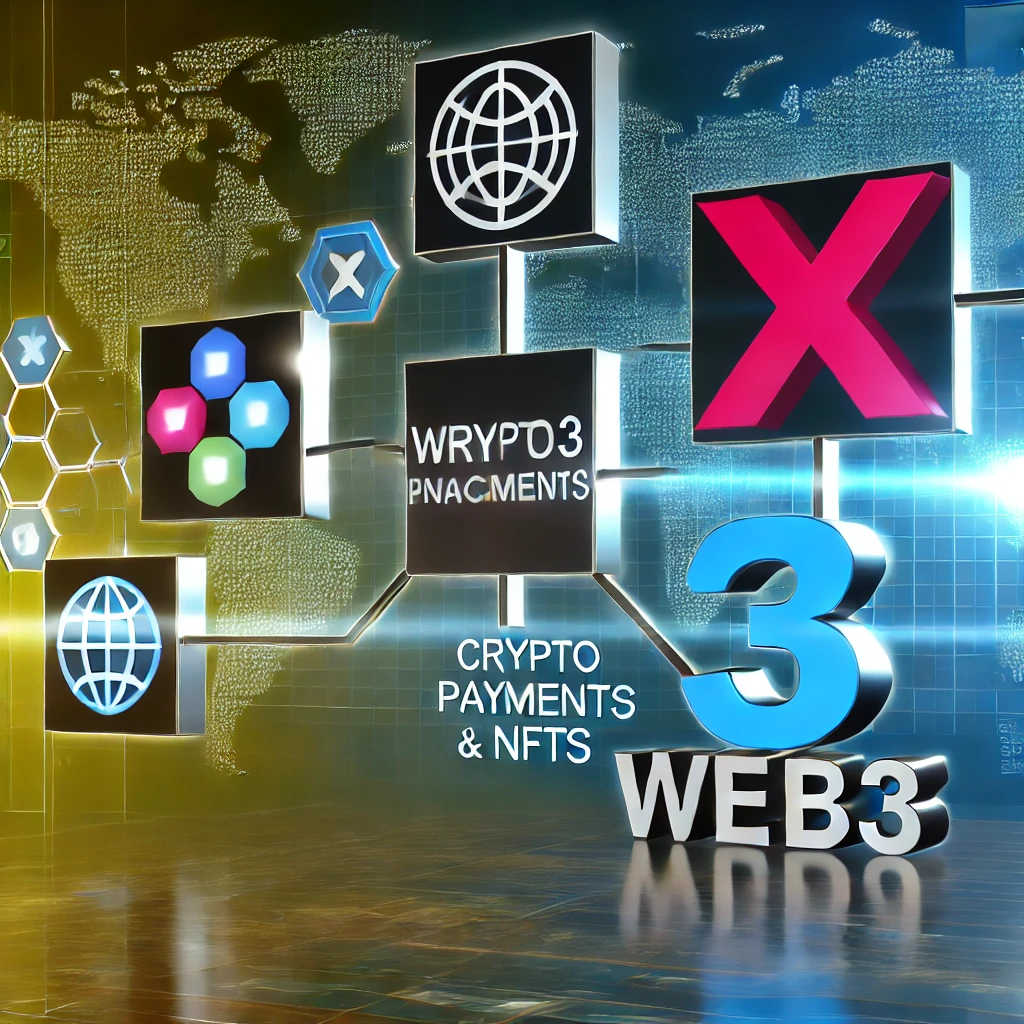Decentralized Finance, often referred to as DeFi, is a groundbreaking financial system built on blockchain technology that is fundamentally changing the way people access and manage their money. Unlike traditional financial systems controlled by centralized authorities such as banks and governments, DeFi operates through a decentralized network, allowing users to engage in financial activities without intermediaries. This revolutionary approach is unlocking new possibilities in finance, giving individuals more control over their assets and fostering a more inclusive financial ecosystem.
In this article, we’ll dive into what DeFi is, how it works, and its potential to reshape the global financial landscape.

What is Decentralized Finance (DeFi)?
At its core, DeFi is a system of financial products and services that are built on blockchain networks, particularly Ethereum. Through smart contracts—self-executing contracts with the terms of the agreement directly written into code—DeFi eliminates the need for traditional financial intermediaries. These contracts allow for trustless transactions between parties, ensuring transparency and security.
DeFi’s architecture enables anyone with internet access to engage in financial activities such as lending, borrowing, trading, and investing—without needing a bank account or going through lengthy approval processes. This accessibility is one of the most compelling aspects of DeFi, especially for the unbanked populations around the world.
How Does DeFi Work?
DeFi systems rely on blockchain technology and smart contracts. The blockchain acts as a distributed ledger, keeping an immutable record of all transactions. Smart contracts automate processes like loan issuance, interest payments, or asset exchanges, reducing human error and enhancing security.
For instance, in a DeFi lending platform, users can deposit their cryptocurrency into a liquidity pool, which then enables other users to borrow from this pool. All transactions are governed by the smart contract, which ensures that interest rates and loan terms are transparent and automatically enforced.
Traditional Finance vs. DeFi: Key Differences
To better understand DeFi, it’s useful to compare it to the traditional financial system:
| Aspect | Traditional Finance | Decentralized Finance (DeFi) |
|---|---|---|
| Intermediaries | Banks, Brokers, Clearinghouses | No intermediaries, peer-to-peer network |
| Access | Limited, requires approval processes | Open to anyone with internet access |
| Control | Centralized by institutions | Decentralized, controlled by users |
| Transparency | Limited, opaque processes | Fully transparent, recorded on blockchain |
| Fees | High, especially for cross-border transactions | Lower, typically reduced fees |
| Regulation | Heavily regulated by governments | Largely unregulated, with potential risks |
Traditional finance is built on centralized infrastructure, meaning that banks and institutions act as the middlemen who control your money and charge fees for their services. In contrast, DeFi leverages blockchain’s decentralized nature, allowing individuals to manage their finances directly. This makes DeFi more accessible, faster, and often cheaper—though it comes with its own set of challenges, such as regulatory uncertainty and smart contract risks.
DeFi Use Cases: Lending, Insurance, and Investments
One of DeFi’s most exciting features is its wide range of use cases. Here are three of the most significant:
- Lending and Borrowing
DeFi platforms like Aave and Compound allow users to lend their cryptocurrency in exchange for interest, or borrow against their holdings by collateralizing assets. Unlike traditional banks, these platforms don’t require lengthy approval processes or credit checks, making them more accessible. - Insurance
Decentralized insurance platforms like Nexus Mutual offer policies to cover various risks, including smart contract failures or exchange hacks. Since there’s no central authority, the community decides on claims, and the blockchain ensures transparency in how decisions are made. - Investing and Yield Farming
Yield farming involves staking or lending assets in DeFi protocols to earn rewards, often in the form of governance tokens. This is similar to how one would earn interest on savings in traditional finance but with higher risks and potentially higher returns. Additionally, decentralized exchanges (DEXs) like Uniswap allow users to trade cryptocurrencies without a centralized exchange, giving them more control and lower fees.
The Impact of DeFi on the Global Financial Market
DeFi is already beginning to transform the financial landscape, with billions of dollars locked into DeFi protocols. Its rise could have several profound effects on global markets:
- Increased Financial Inclusion: DeFi opens access to banking and financial services to anyone with an internet connection, particularly in developing countries where traditional banking infrastructure is lacking.
- Disintermediation: By eliminating intermediaries, DeFi can reduce transaction costs, making it easier and cheaper to move money across borders.
- Innovation: DeFi encourages financial innovation by allowing developers to create new decentralized applications (dApps) that provide novel financial services and products.
- Challenges for Regulation: The decentralized nature of DeFi poses challenges for regulators, who may struggle to enforce rules and protect consumers without clear jurisdiction over blockchain-based systems.
Getting Started with DeFi: A Beginner’s Guide
If you’re interested in exploring DeFi, here are some steps to help you get started:
- Choose a Wallet
To use DeFi applications, you’ll need a crypto wallet like MetaMask or Trust Wallet. These wallets allow you to store and manage your cryptocurrency securely. - Get Some Ethereum
Most DeFi platforms are built on Ethereum, so you’ll need to purchase some Ether (ETH) to start using these platforms. You can buy Ethereum through exchanges like Coinbase or Binance. - Explore DeFi Platforms
Once you have Ethereum in your wallet, you can connect to DeFi platforms like Aave, Compound, or Uniswap to lend, borrow, trade, or invest. - Understand the Risks
DeFi is still a relatively new space with risks, including smart contract vulnerabilities, market volatility, and the absence of regulatory safeguards. It’s essential to do your research and only invest what you can afford to lose.
Conclusion: DeFi is the Future of Finance
DeFi represents a paradigm shift in the financial industry, offering users unprecedented control over their assets and access to innovative financial services. While it’s not without its risks, the potential for DeFi to disrupt traditional finance and foster a more inclusive global economy is immense. As DeFi continues to evolve, it’s clear that it is a force that will redefine the future of finance.
By understanding how DeFi works, exploring its use cases, and carefully considering the risks, anyone can participate in this exciting new financial frontier.
